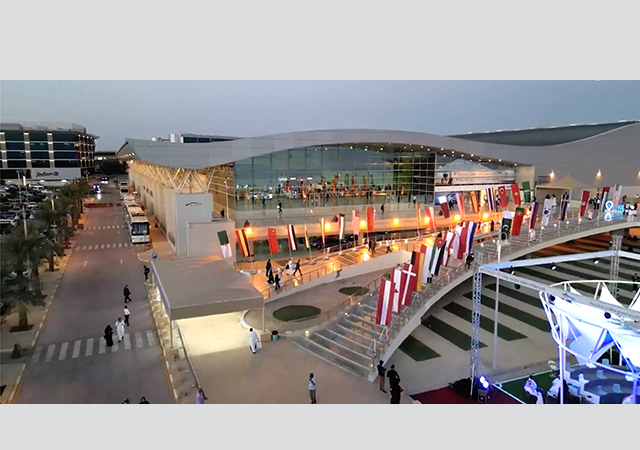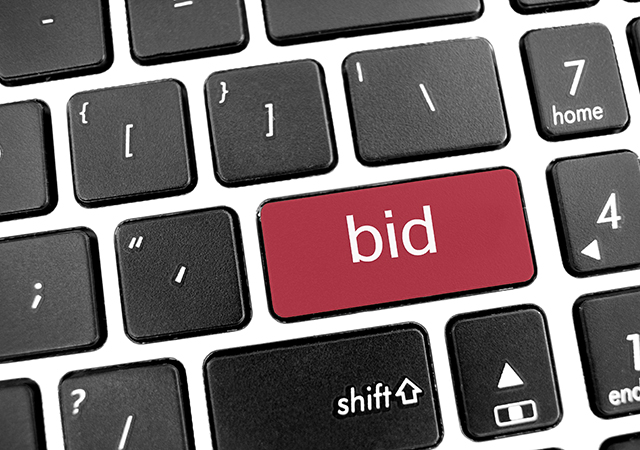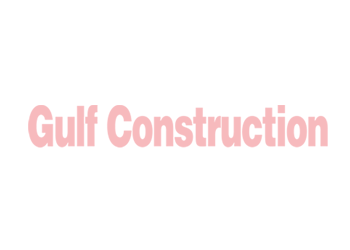
DOHALAND’S $5.5-billion Musheireb urban development project in Doha, Qatar, is proceeding on schedule and is expected to be completed in 2016.
The project to rebuild 35 hectares of downtown Doha is being built in five phases, bordered by Al Rayyan Road to the north, Jassim Bin Mohamed Street to the east, Musheireb Street to the south, and Al Diwan Street to the west. The mixed-use development contains hotels, retail, residential, mosques, cultural, heritage, school and government buildings ranging from three to 30 storeys.
Phase 1A is currently under construction by a consortium of Hyundai and the local HBK Contracting Company, with contracts for Phase 1B to be awarded early next year.
The first phase of Musheireb covers the construction of the Diwan Amiri Quarter, which includes the Diwan Annex, Amiri Guard and the National Archive, plus a heritage quarter that includes the Eid prayer ground and four heritage houses.
The awarding of the contract to the consortium brings to a conclusion the award of a total of QR2.2 billion ($604 million) of the major construction packages for Phase 1A, the first of the five phases in the Musheireb project including other major contracts let to date – the enabling works awarded in 2009 to Bauer International Qatar, and the infrastructure works awarded to CAT International, which includes a district cooling plant and 66 kV substation.
Dohaland’s innovative approach to downtown regeneration could have global significance in an increasingly crowded, acutely resource-starved world, according to CEO Issa M Al Mohannadi.
By regenerating the 35-hectare site in the heart of Doha, Dohaland will transform the capital into the vibrant, cohesive and culturally alive city centre it once was. It will do so while simultaneously addressing issues of congestion, sustainability, and maintaining the aesthetic and social individuality of Qatar, he says.
“Dohaland believes that sustainable, culturally-sensitive and environmentally-responsible developments, particularly in metropolitan areas, can provide the answers that an increasingly urbanised, energy-hungry world needs,” he says. “The DNA of our Qatari architectural language can be applied to developments anywhere in the world.”


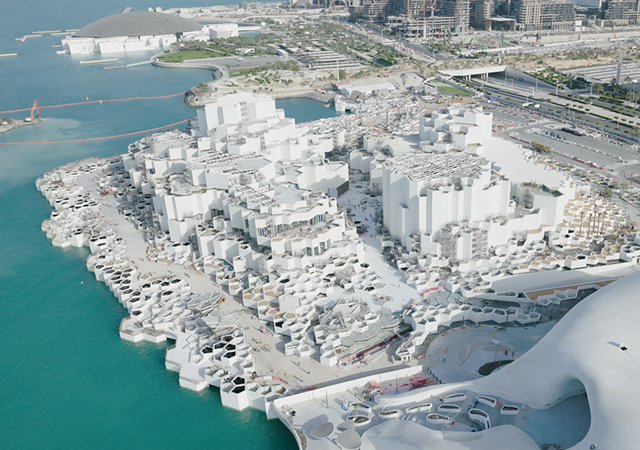
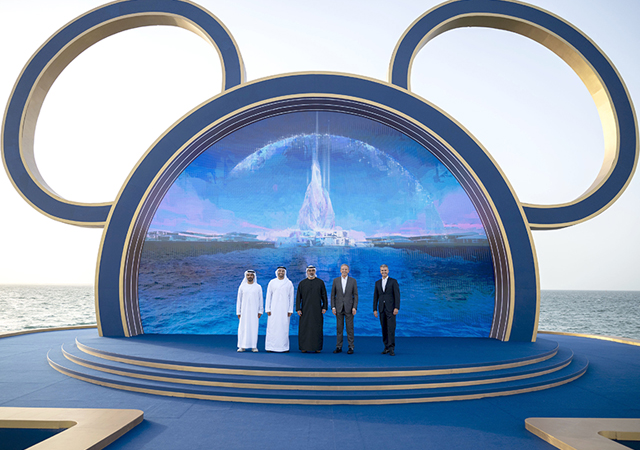
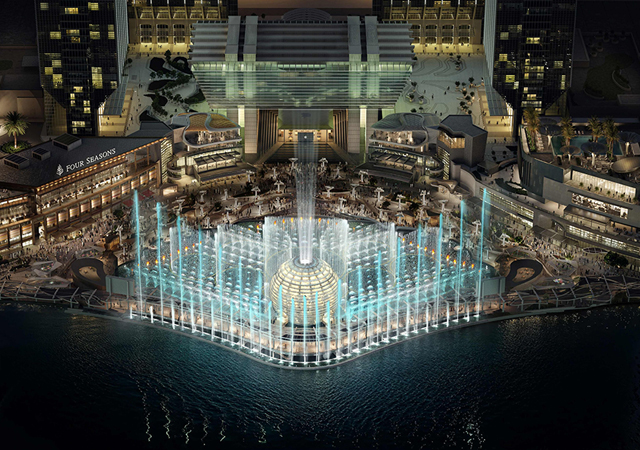
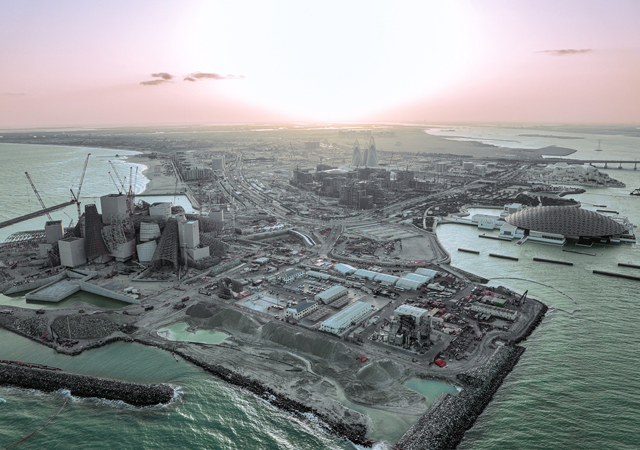
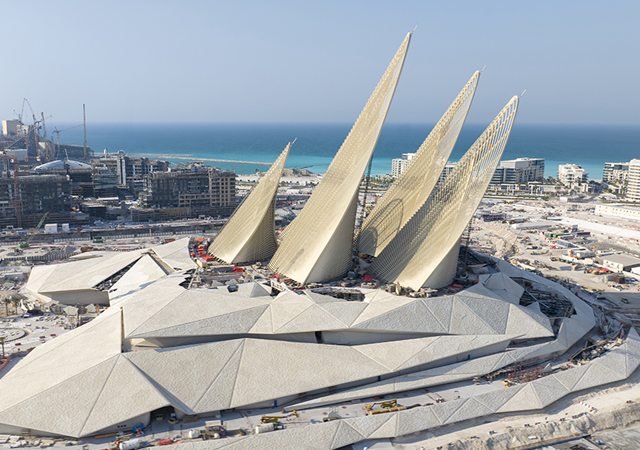
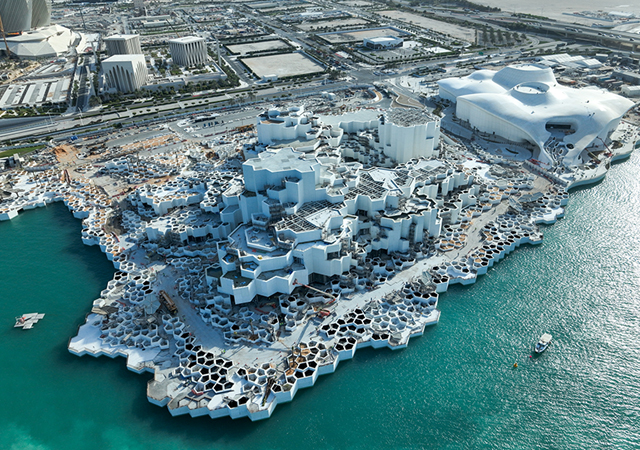
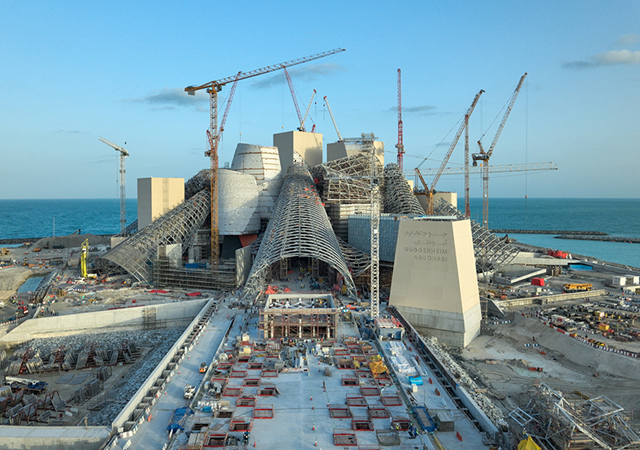
.jpg)
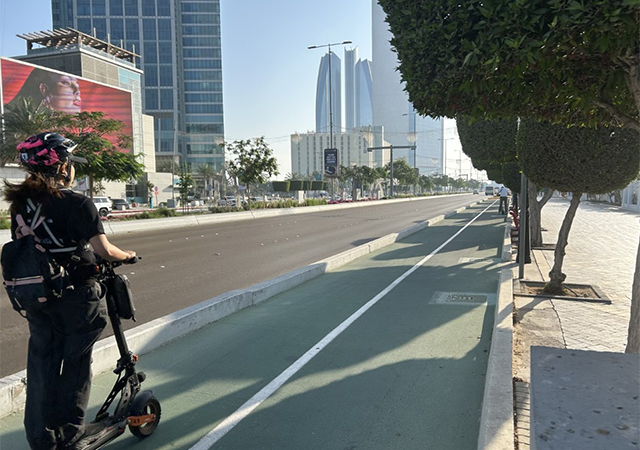
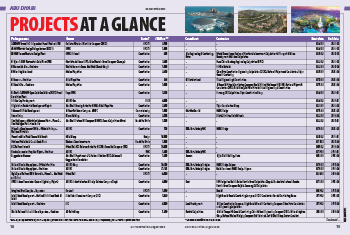


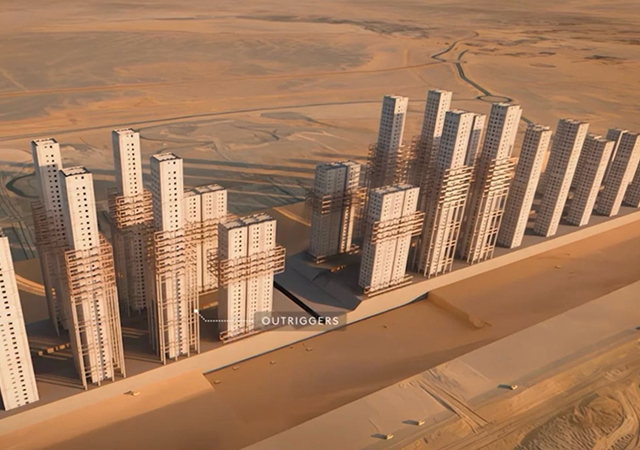
.jpg)
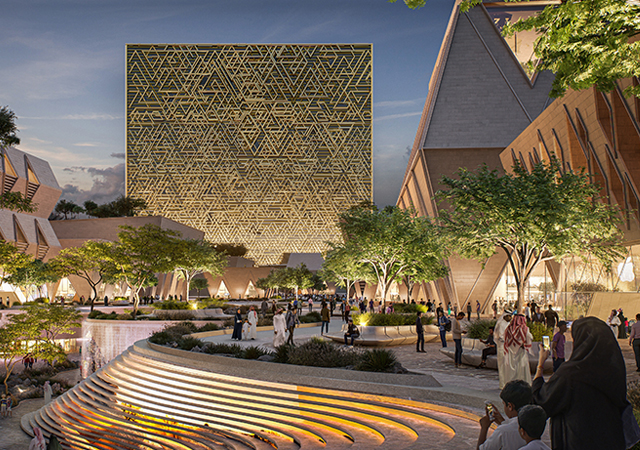
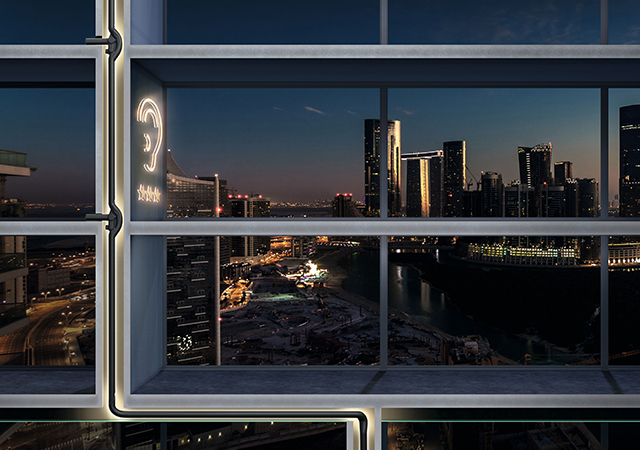
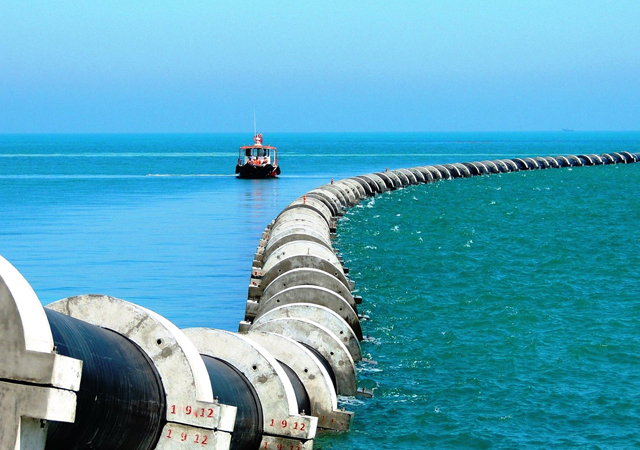

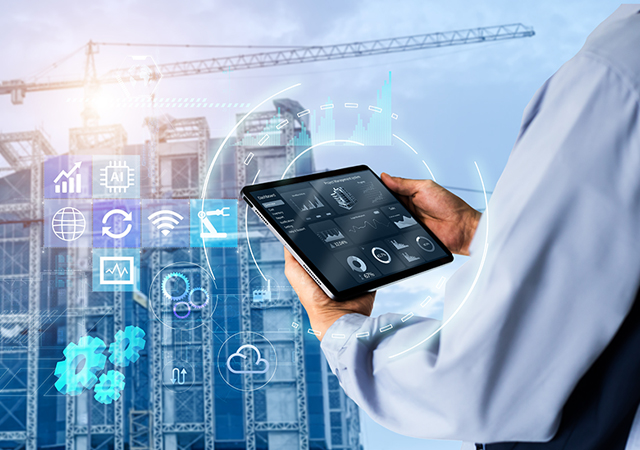
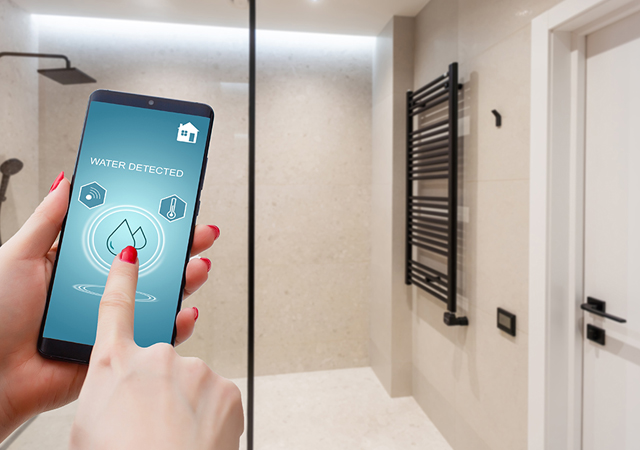
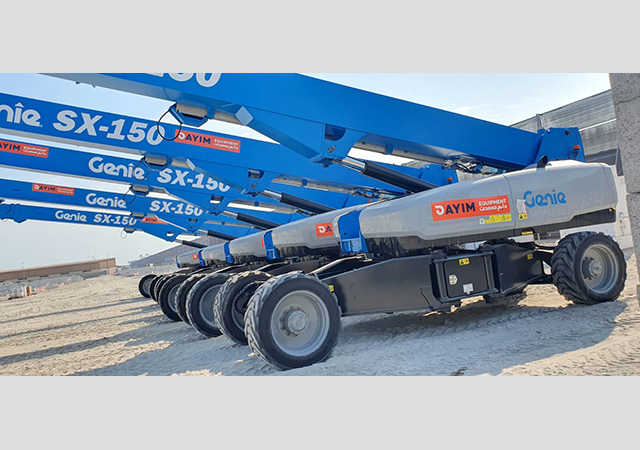
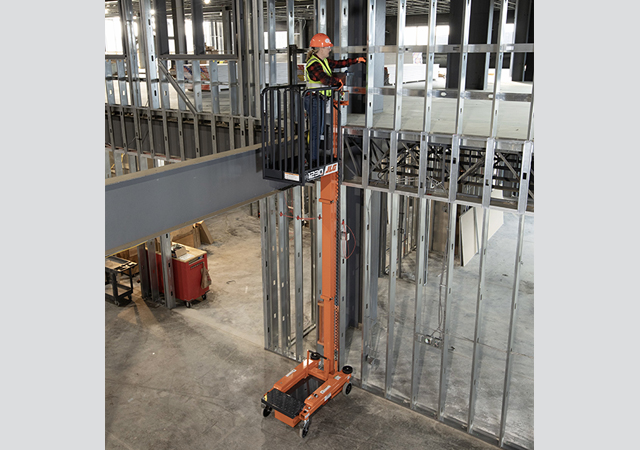
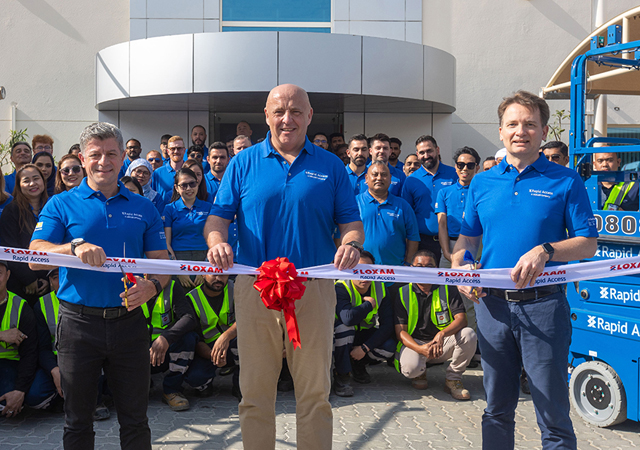
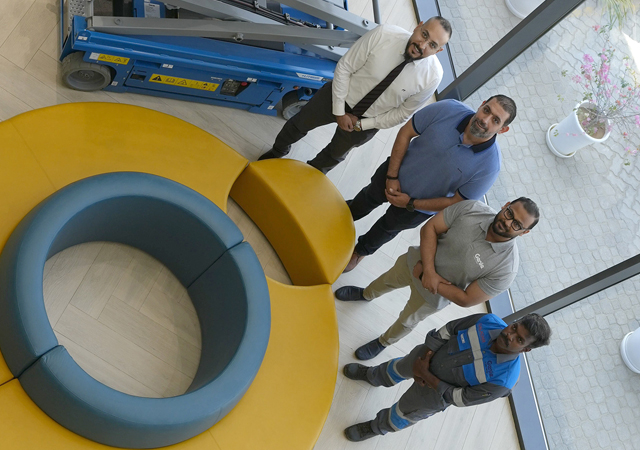
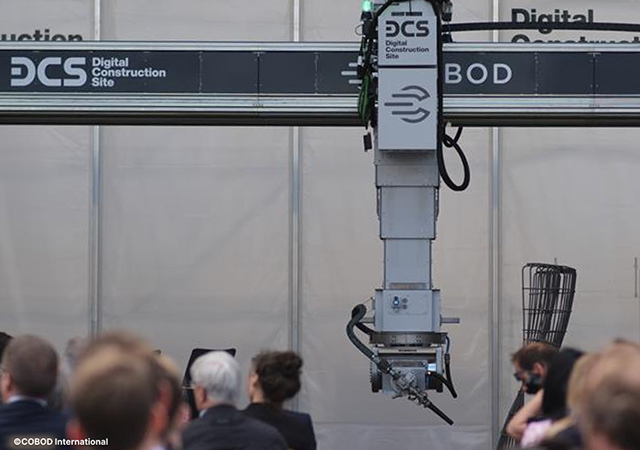
Doka (2).jpg)
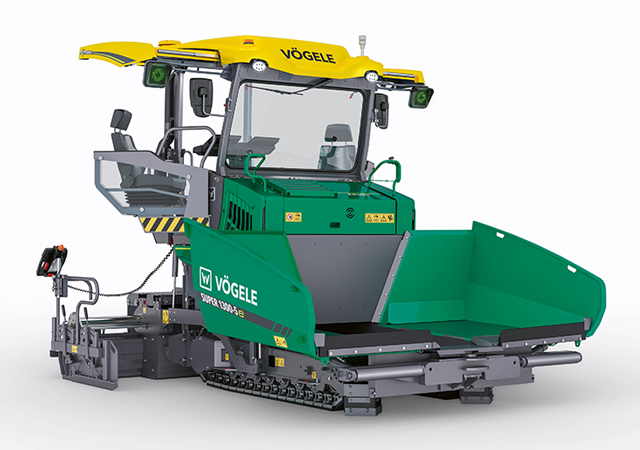
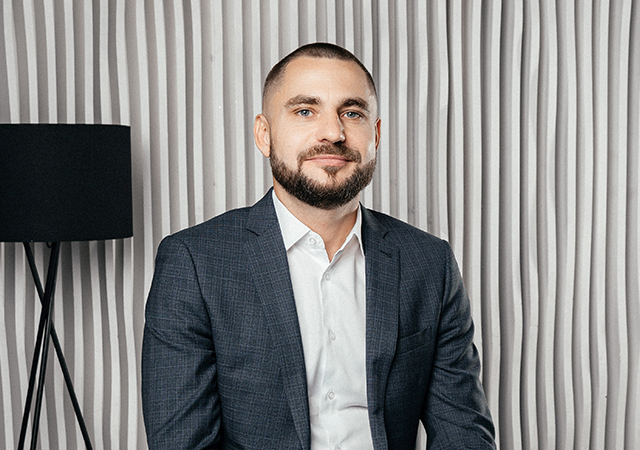
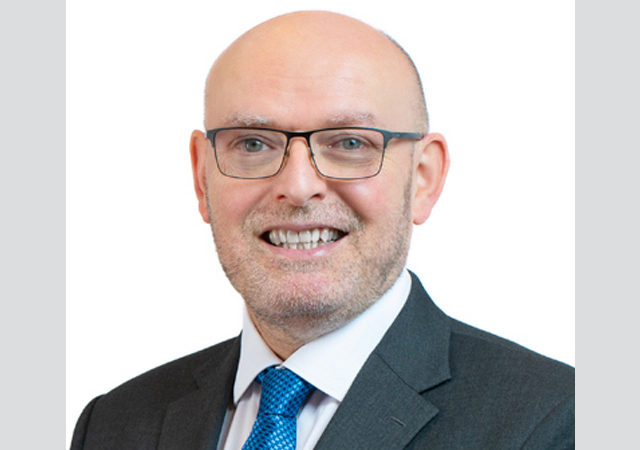
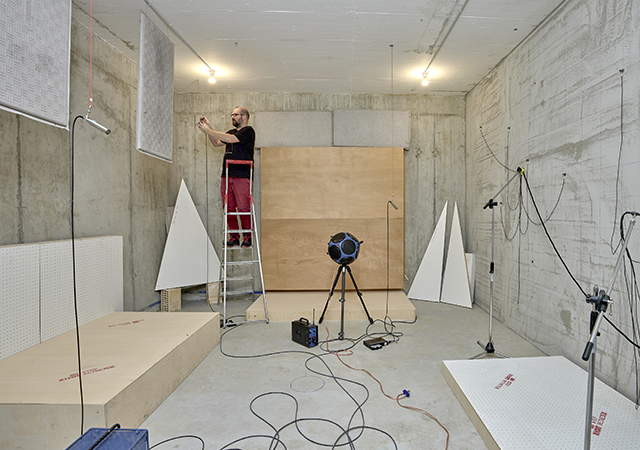
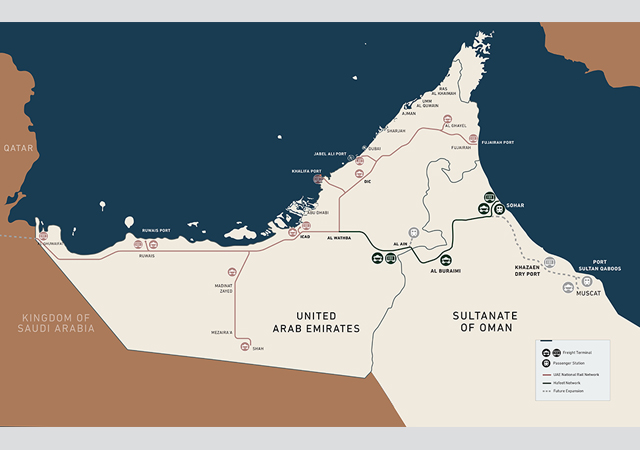

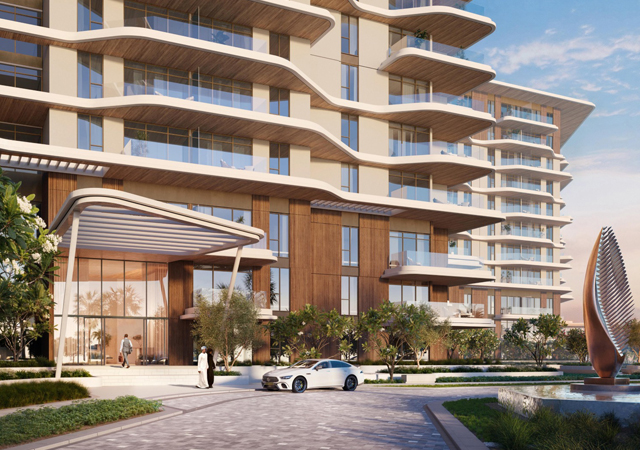

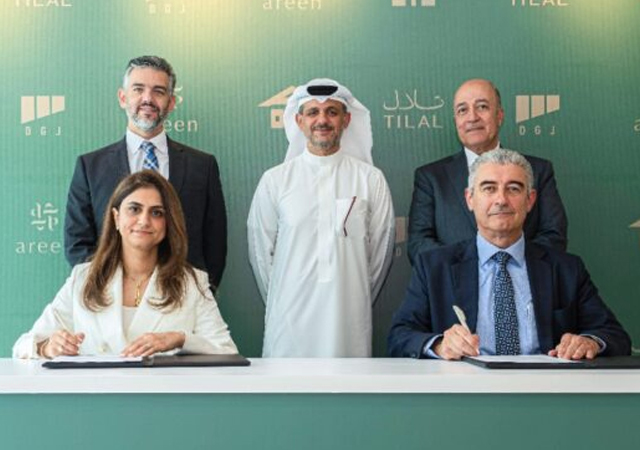
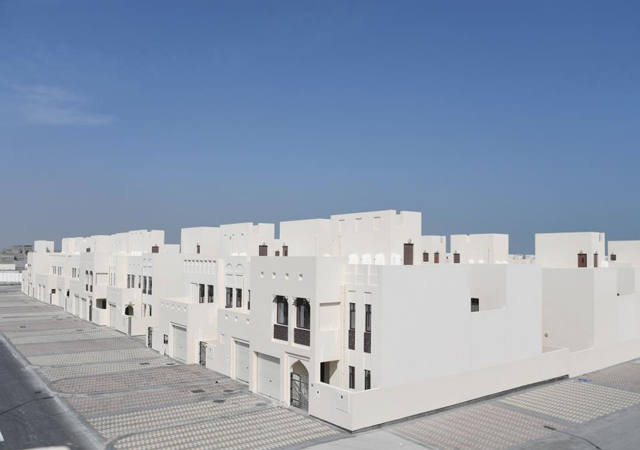
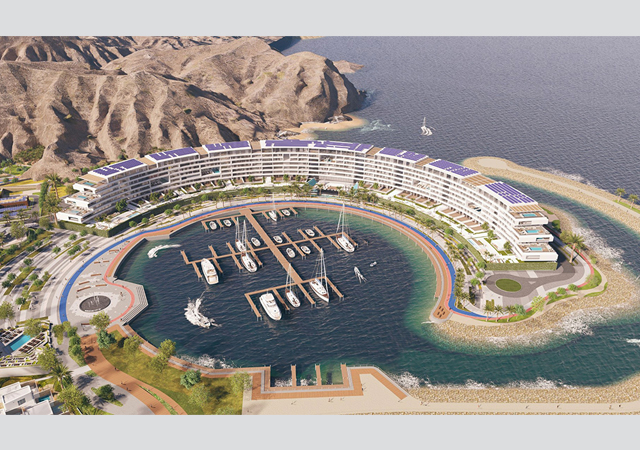

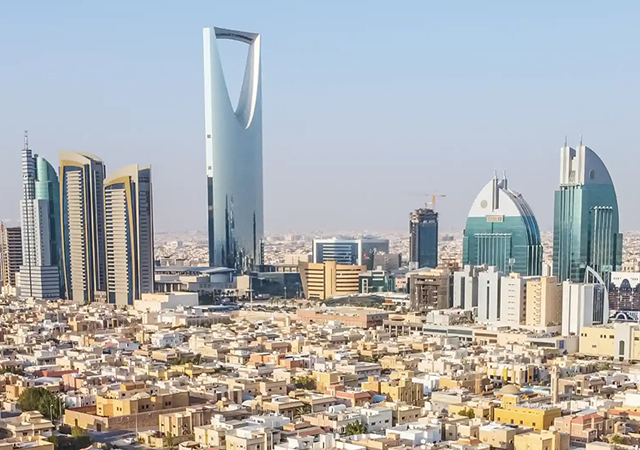
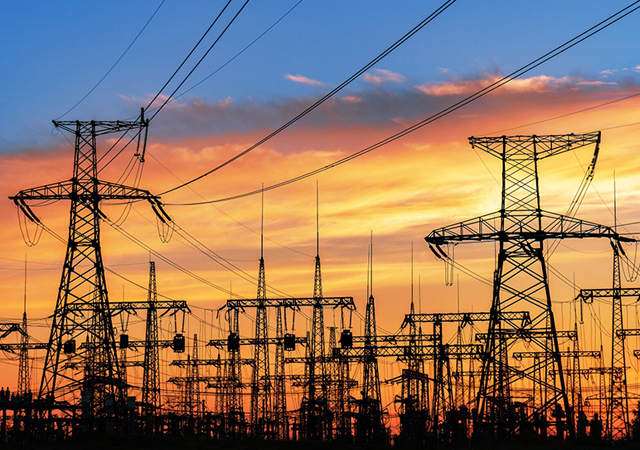
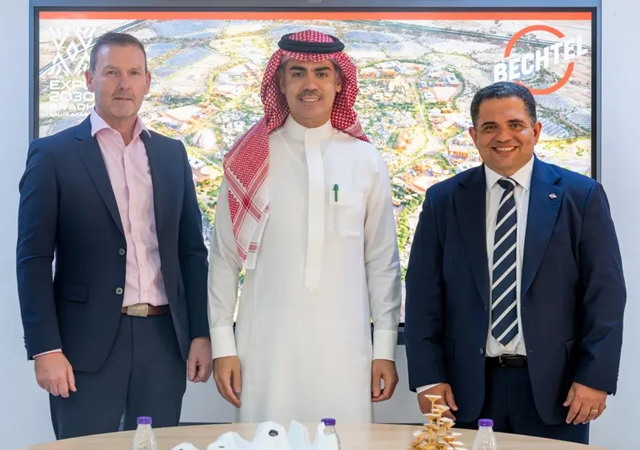

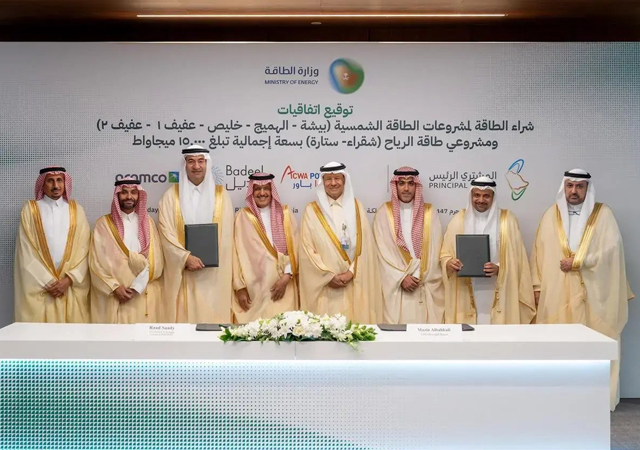


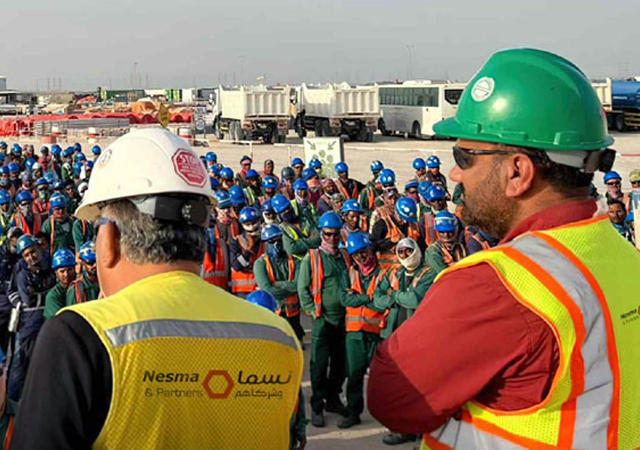

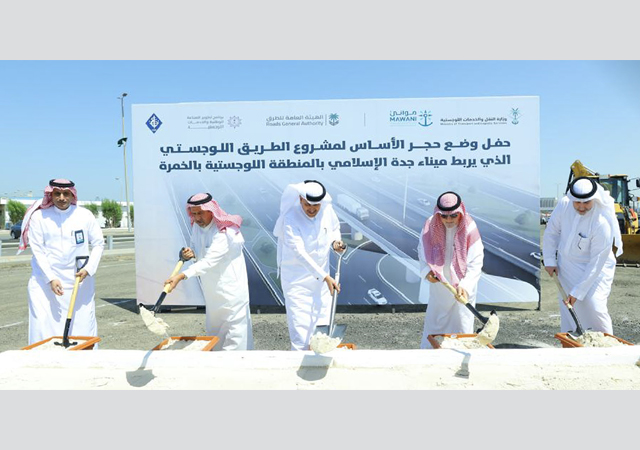
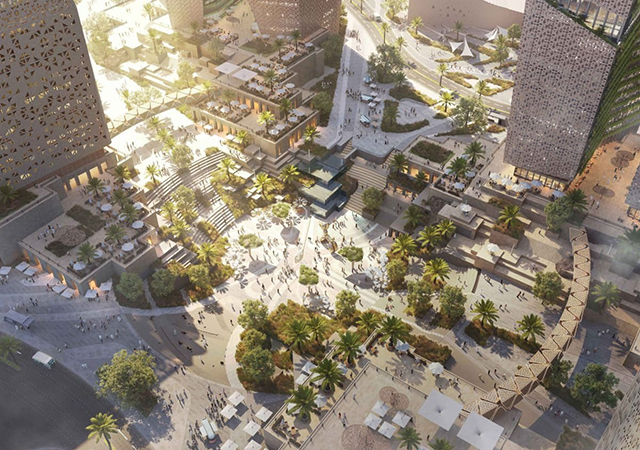

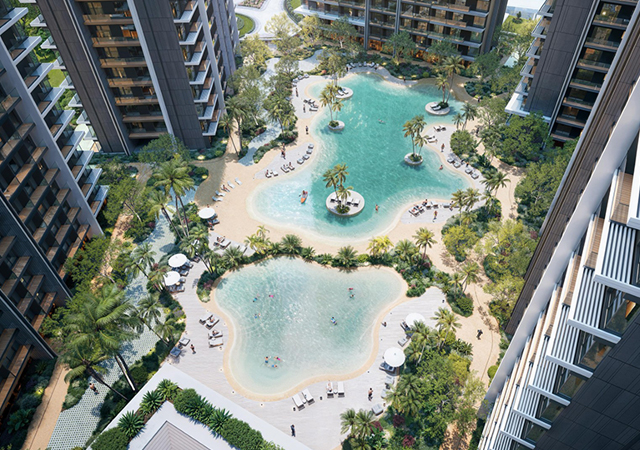
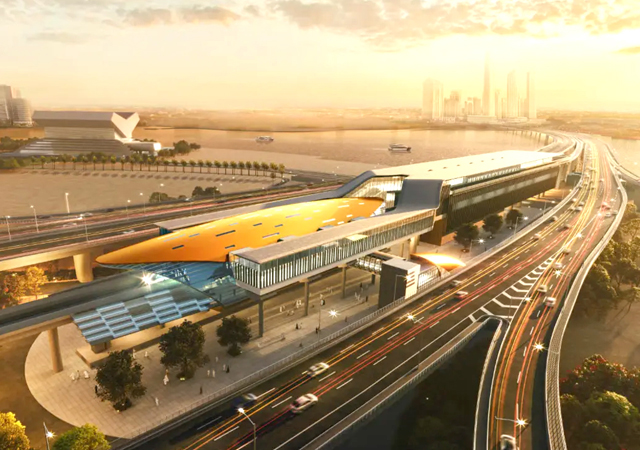
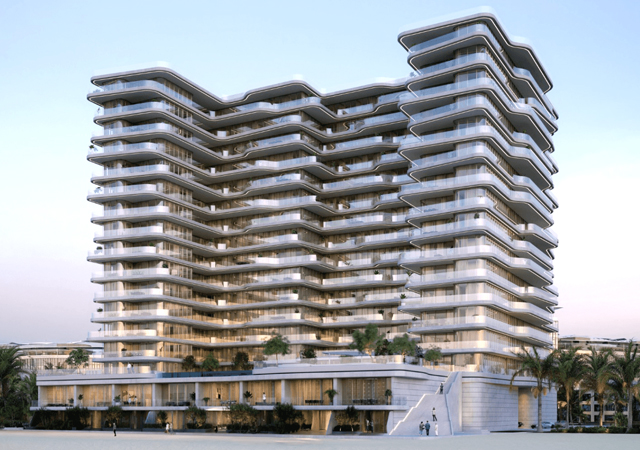
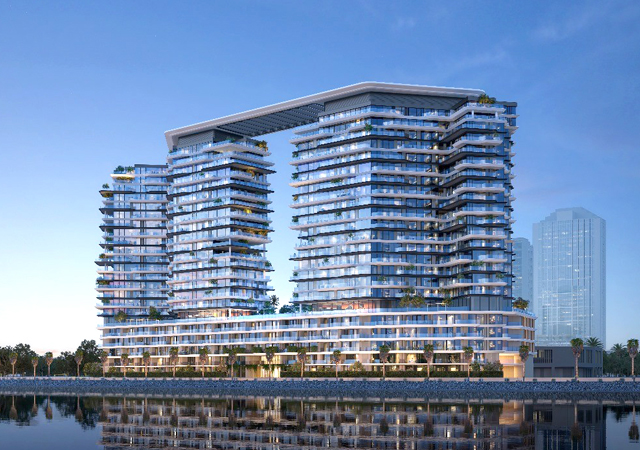
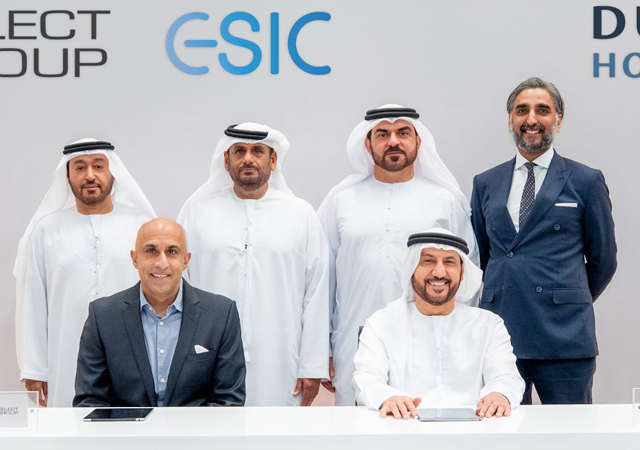
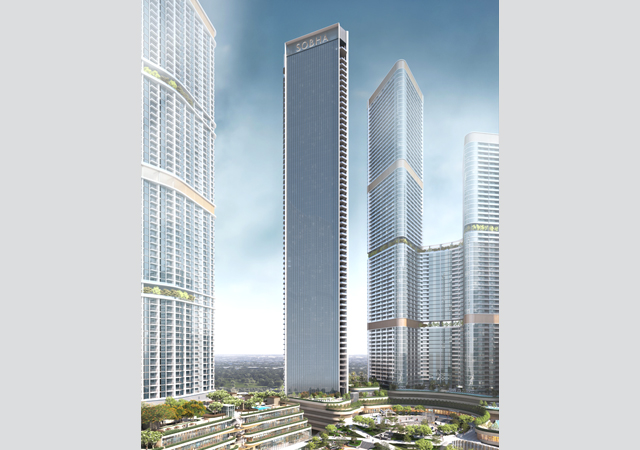
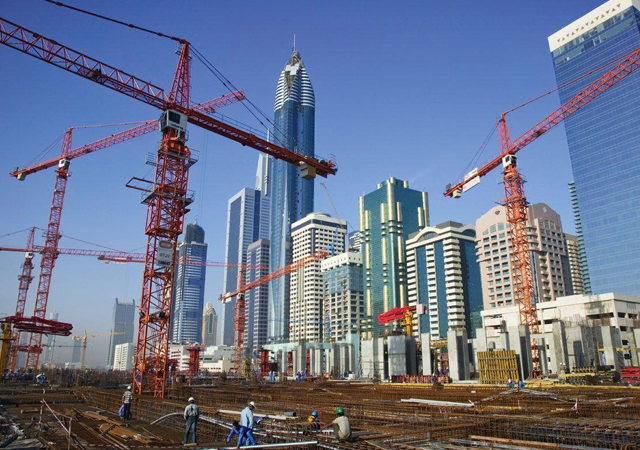

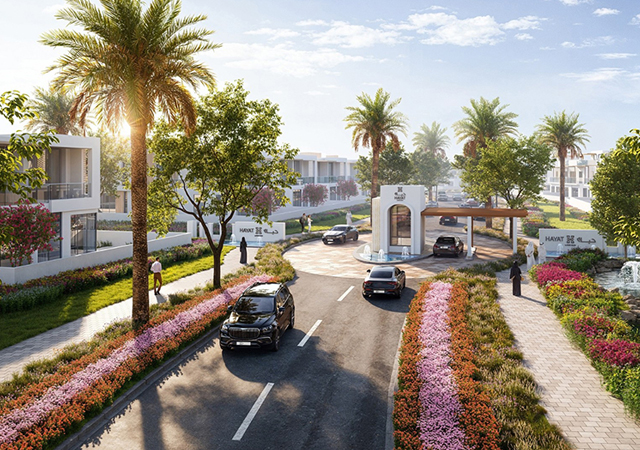

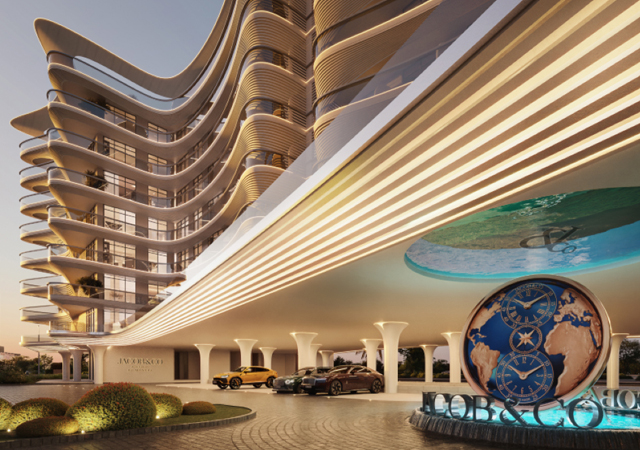
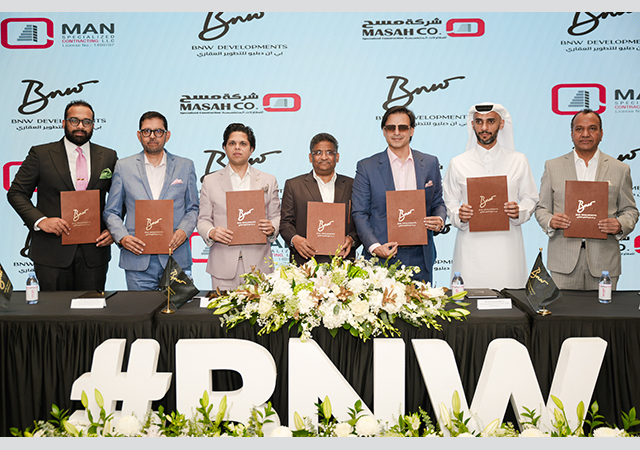
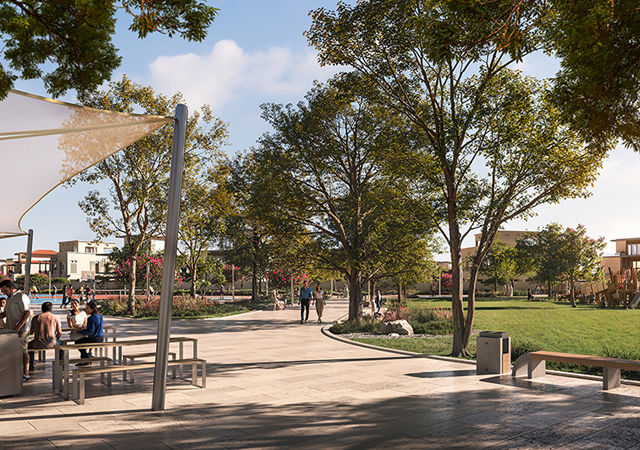
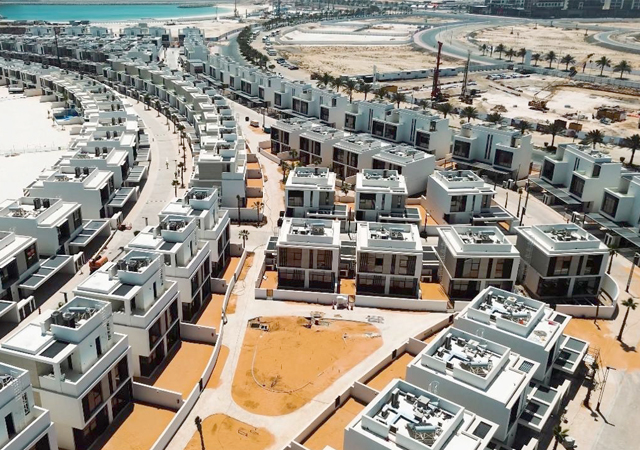
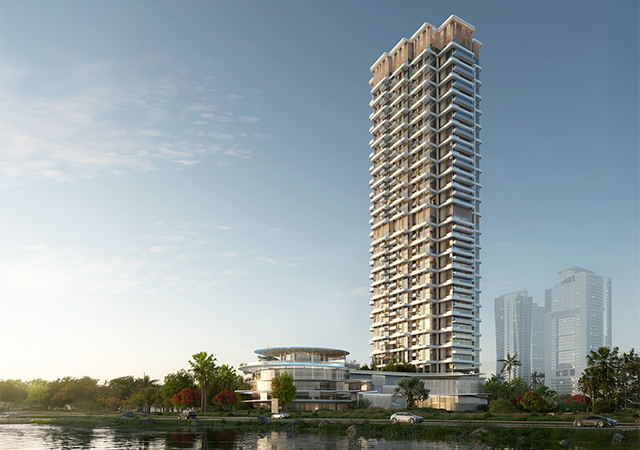

.jpg)
.jpg)
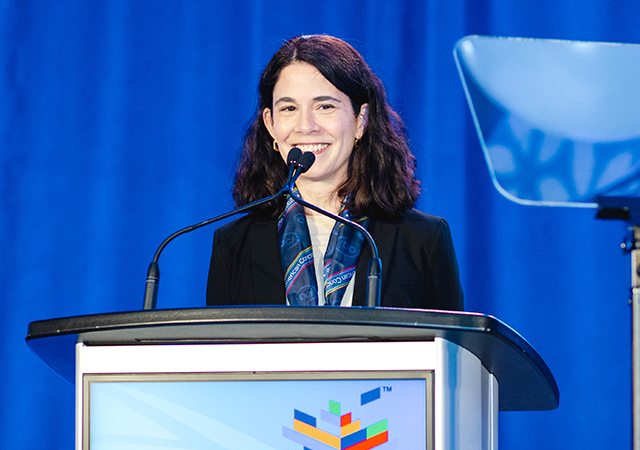
.jpg)
